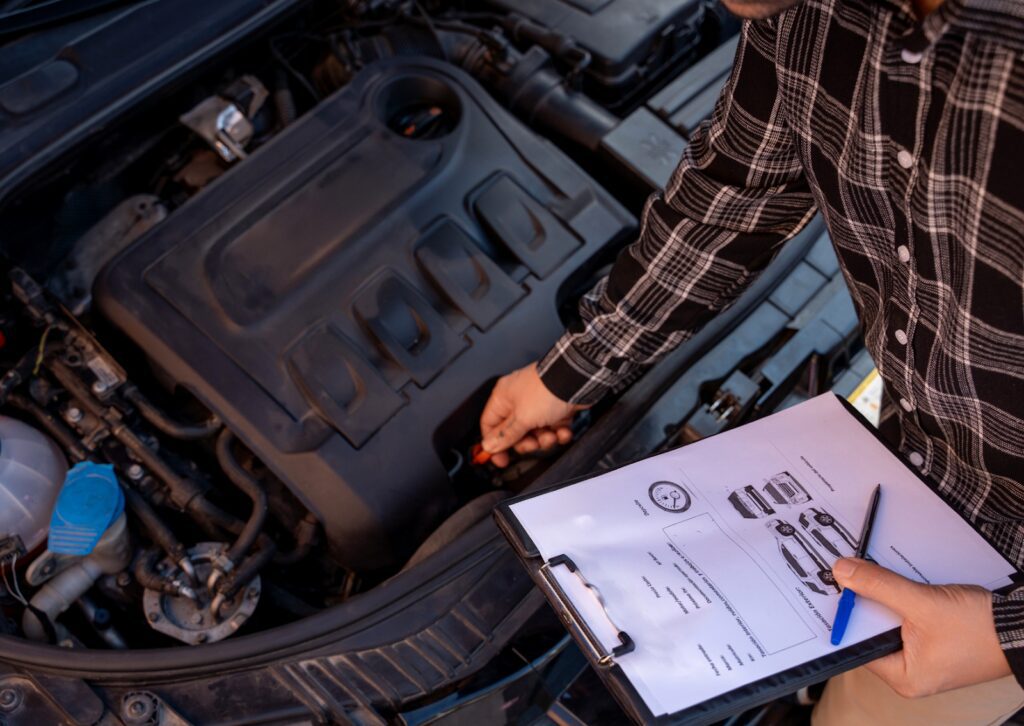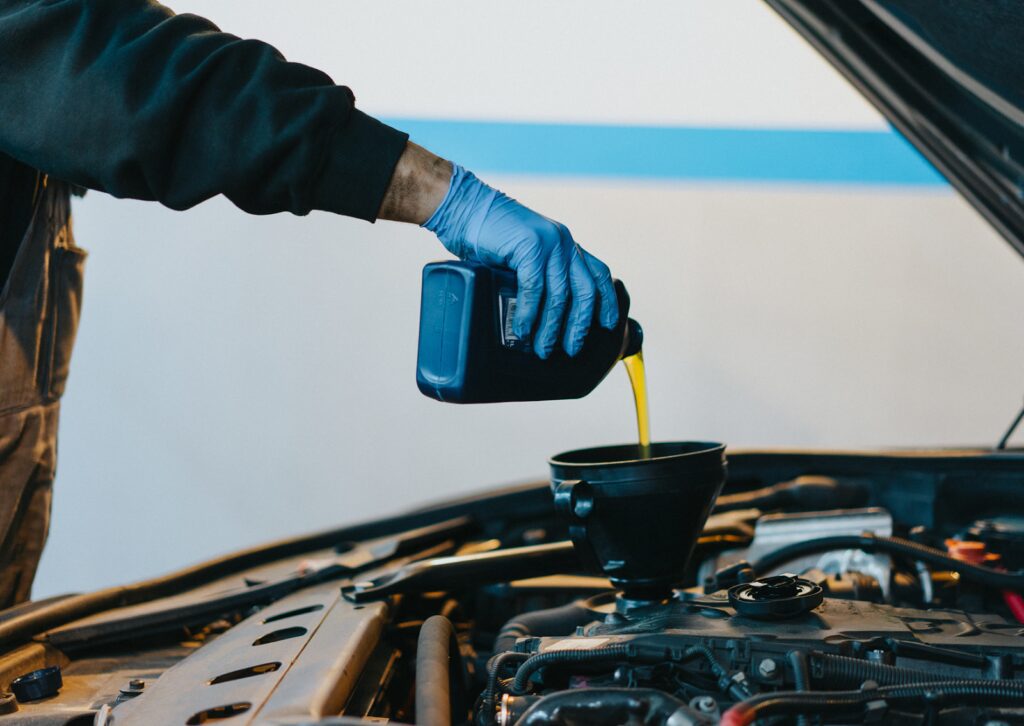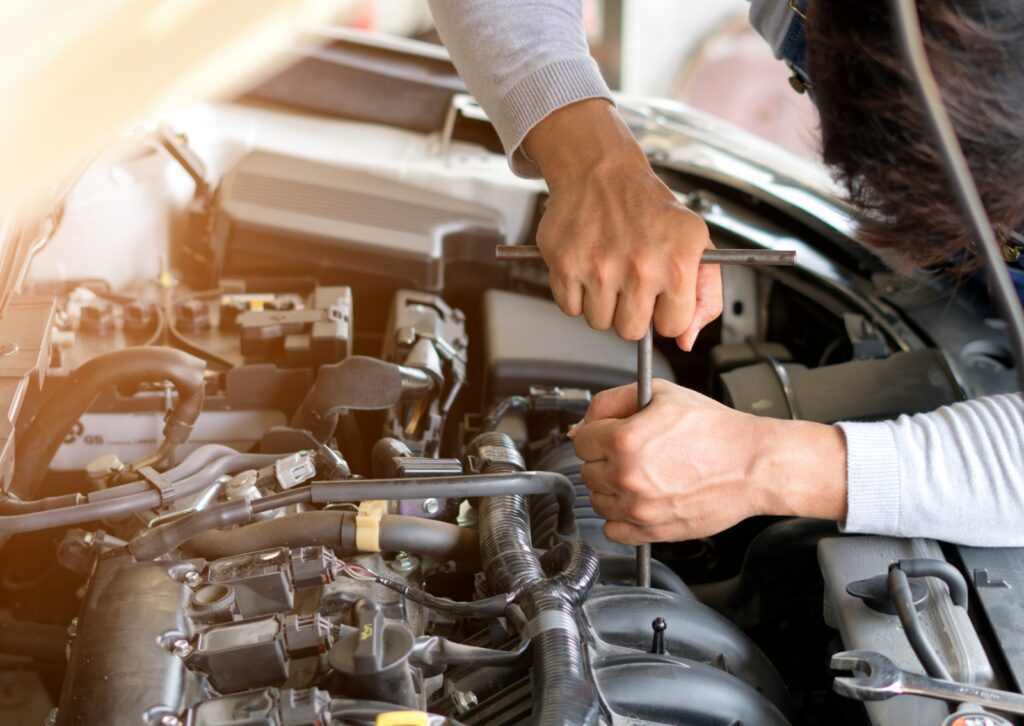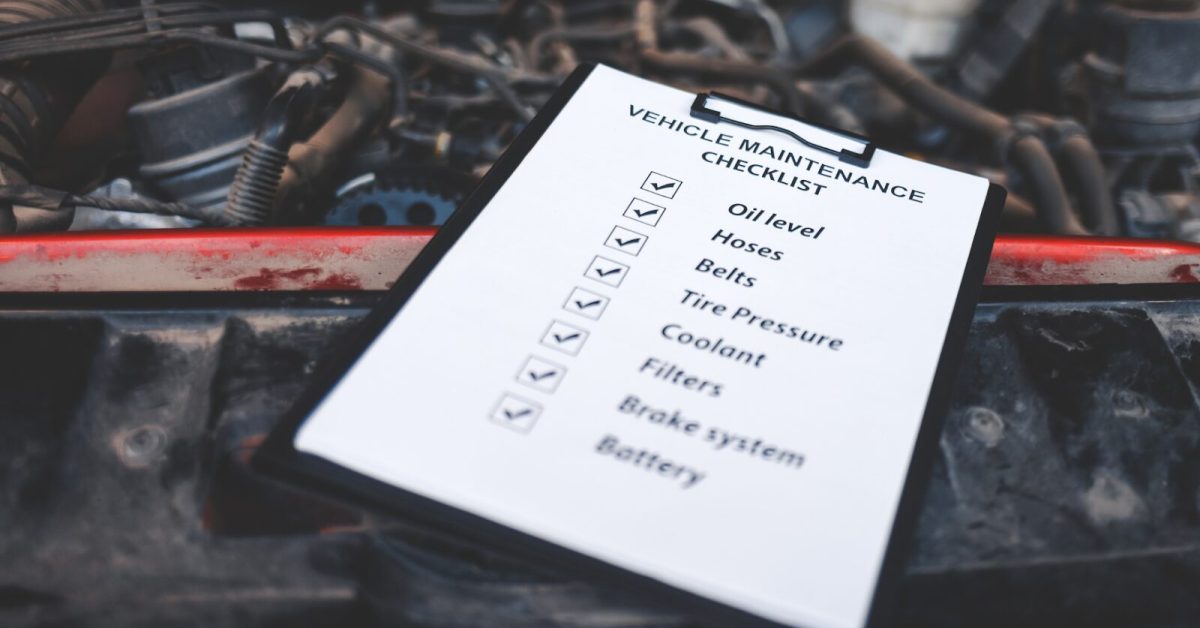When it comes to keeping our vehicles in top condition, a well-structured car maintenance checklist is key. Regular maintenance not only ensures the longevity of our cars but also enhances safety and performance. From checking engine oil to inspecting brakes, staying on top of routine tasks can save us from costly repairs down the road. Whether it’s buying replacement parts or scheduling a service, understanding these tasks can prevent unnecessary expenses and ensure smoother rides. Additionally, keeping up with maintenance can positively impact insurance premiums, as well-maintained cars are less likely to encounter accidents. In this guide, we’ll walk you through the essential components of car maintenance, helping you understand when and why these checks are necessary.
Why is a Car Maintenance Checklist Important for Every Vehicle?

A car maintenance checklist is an essential tool for every vehicle owner. It ensures that routine inspections and essential maintenance tasks are not overlooked. Regular maintenance keeps a car running smoothly, improves fuel efficiency, and helps avoid costly car repair and maintenance expenses. Plus, it extends the lifespan of the vehicle, ensuring that drivers stay safe on the road.
Neglecting maintenance can lead to more significant issues. A checklist helps you stay on top of tasks such as checking engine oil, rotating tires, and inspecting brake systems. By following a vehicle maintenance checklist, you can ensure that your vehicle remains in excellent condition throughout every season.
What Are the Essential Components of a Car Maintenance Checklist?

-
Engine Oil: Regularly check and change the oil to ensure smooth engine performance.
-
Brakes: Inspect brake pads and fluid levels for safety.
-
Tires: Ensure they are correctly inflated and check tread depth to promote even wear.
-
Fluids: Monitor levels for coolant, transmission, brake, and automatic transmission fluid.
-
Lights and Wipers: Confirm that lights and wipers are functioning properly for safe driving.
-
Battery: Inspect for corrosion and test battery strength.
-
Air Conditioning: Check the system to maintain comfortable driving conditions.
How Often Should You Inspect and Replace the Engine Air Filter?

The engine air filter is crucial for keeping dirt and debris from entering the engine. A clean filter improves fuel efficiency and engine performance.
It’s recommended to inspect the engine air filter every 12,000 to 15,000 miles. If the filter looks dirty or clogged, it’s time for a replacement. Poor acceleration and decreased fuel economy are signs that it needs replacing. While replacing an air filter is a simple maintenance task, consulting a professional like Metric Motors can ensure it’s done correctly.
Why is Regularly Rotating Tires Crucial for Car Safety?

Tires are a vehicle’s only contact with the road, making their maintenance essential.
It’s best to rotate tires every 5,000 to 8,000 miles. Rotating tires promotes even wear, which extends tire life and improves safety. If your car drifts or you notice vibration, it’s time to check the tire alignment and rotation schedule.
How Do Seasonal Check-Ups Help Maintain Vehicle Performance?

Seasonal car maintenance ensures that your vehicle is ready to handle weather-specific challenges.
-
Winter Preparation: Inspect your brake system, test the battery, and ensure fluids like engine oil are winter-grade.
-
Summer Readiness: Check the air conditioning system, tire pressure, and coolant levels.
-
All-Season Tips: Always keep emergency supplies in your vehicle and ensure lights and wipers are functional for any season.
Why is Checking and Replacing Automatic Transmission Fluid Necessary?

Automatic transmission fluid is vital for smooth gear shifts and overall transmission health. Refer to your car’s manual, but typically, it’s every 30,000 to 60,000 miles. Park the car on level ground, check the fluid level, and inspect its color and smell. If the fluid looks dark or smells burnt, it’s time for a change. Routine replacement can help avoid expensive repair costs.
How Can Regular Engine Oil Changes Improve Vehicle Lifespan?

One of the simplest yet most crucial maintenance tasks is changing the engine oil. Typically, this should be done every 5,000 to 7,500 miles, but check the manufacturer’s guidelines. Dark, gritty oil or low oil levels are signs it’s time for a change. Timely oil changes result in better fuel efficiency, reduced engine wear, and extended vehicle life.
What Brake Maintenance Tasks Should Not Be Overlooked?

A reliable brake system is critical for vehicle safety. Inspect brake pads, rotors, and fluid levels regularly. Squealing noises, longer stopping distances, or vibrations are signs of wear. If pads are worn thin or rotors are warped, it’s time to replace them.
What Common Auto Repair Tasks Should Be Included in a Maintenance Checklist?

Incorporating basic auto repair tasks into your car maintenance checklist can prevent major issues. Monitor parts like belts, hoses, and batteries. Routinely check engine oil, coolant, and automatic transmission fluid levels. If you’re unsure about a problem, consult experts like Metric Motors to avoid costly mistakes.
What Should Be Included in a Seasonal Vehicle Maintenance Checklist?

Different seasons require specific care for optimal vehicle performance.
-
Winter Maintenance: Ensure tire tread depth is safe, and inspect heating systems.
-
Summer Care: Check coolant levels and the air conditioning system.
-
All-Year Essentials: Keep a regular maintenance checklist that includes inspecting brakes, fluid levels, and tire conditions.
How to Create a Customized Maintenance Checklist for Your Car?

Every car is unique, so it’s essential to develop a personalized checklist.
How Do Driving Habits Impact Maintenance Needs?
Frequent long-distance drivers need more frequent oil changes and brake inspections, while short, city drives may require closer monitoring of tire wear.
Why Should You Factor in Local Climate Conditions?
Vehicles in harsh climates may need seasonal checks more often. Cold weather can impact engine oil and battery performance.
How Does Car Usage Influence Maintenance Intervals?
Commercial vehicles need more frequent inspections compared to personal cars. Off-road usage requires regular checks of suspension and undercarriage.
Take Action to Protect Your Vehicle

Taking care of your vehicle doesn’t have to be complicated. Start by creating a car maintenance checklist that suits your driving habits and local conditions. Don’t forget the importance of routine inspections and maintenance. If you’re unsure where to start, reach out to experts like Metric Motors for professional advice and services.
Stay proactive, stay safe, and enjoy a smoother driving experience. Book your car repair and maintenance service today to keep your vehicle in top shape!
Final Thoughts
At the end of the day, maintaining our vehicles isn’t just about avoiding breakdowns—it’s about ensuring our safety and preserving our investments. Regular service and knowing when to replace worn-out parts is essential for every car owner. We should also read our car’s manual and consult with experts when in doubt. Plus, keeping up with maintenance can positively influence insurance premiums and enhance resale value. By sticking to a detailed vehicle maintenance checklist, we can extend the life of our cars and enjoy more reliable performance. Let’s make regular maintenance a priority and drive with confidence.
Frequently Asked Questions (FAQs)
1. What is a car maintenance checklist?
A car maintenance checklist is a list of essential inspections and tasks that help ensure a vehicle remains in good working condition, such as oil changes, tire rotations, and brake inspections.
2. How often should I change my engine oil?
It's recommended to change your engine oil every 5,000 to 7,500 miles, but always check your vehicle's manual for specific guidelines.
3. Why is it important to rotate tires regularly?
Regularly rotating tires promotes even tread wear, extends tire life, and enhances vehicle safety. Aim to rotate tires every 5,000 to 8,000 miles.
4. When should I replace my engine air filter?
The engine air filter should be inspected every 12,000 to 15,000 miles and replaced if it appears dirty or clogged to ensure optimal engine performance.
5. What fluids need to be regularly checked in my car?
Essential fluids include engine oil, coolant, brake fluid, automatic transmission fluid, and windshield washer fluid.
6. How often should brakes be inspected?
Brakes should be inspected at least twice a year or if you notice signs of wear such as squealing, vibration, or a decrease in stopping power.
7. Why is seasonal vehicle maintenance important?
Seasonal maintenance ensures your car is ready for weather-specific conditions, such as preparing for winter with proper tire checks and ensuring the air conditioning is functional for summer.
8. How can routine maintenance impact my insurance?
Staying up to date with maintenance can reduce the risk of accidents, which can positively impact insurance premiums.
9. What auto repair tasks are most commonly overlooked?
Commonly overlooked tasks include inspecting belts, hoses, and the battery, along with checking fluid levels and tire conditions.
10. When should I consult with a professional for car maintenance?
If you're unsure about any maintenance tasks, such as fluid replacements or brake inspections, it's best to consult experts like Metric Motors to avoid costly mistakes.





